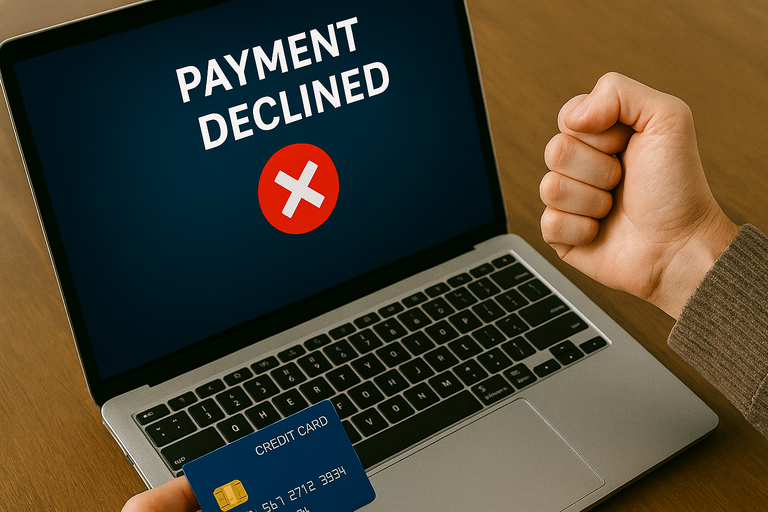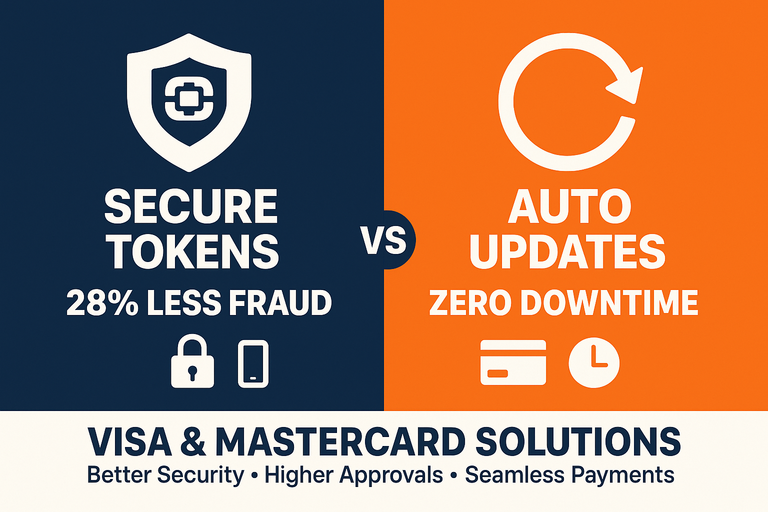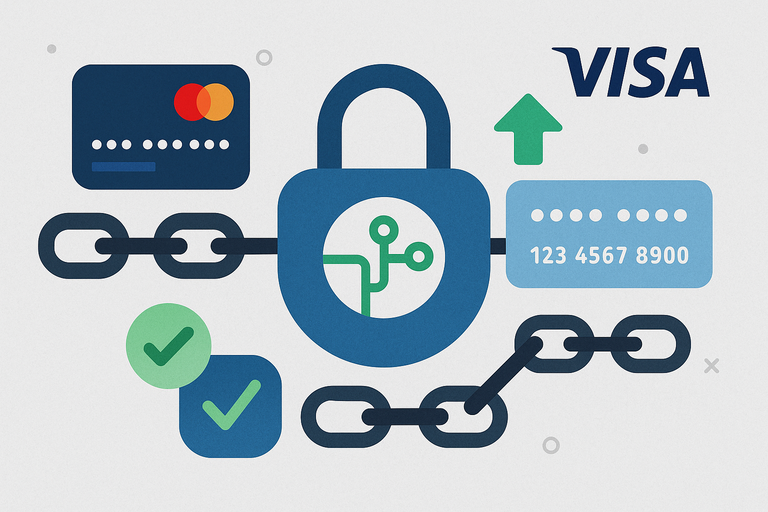The Cost of Payment Declines
Up to 15% of online payments fail and fewer than 10% self-recover – in “The Cost of Payment Declines” we reveal these hidden losses and show how automated recovery can reclaim lost revenue.

The Cost of Payment Declines
Even in high-margin industries, payment declines remain a persistent source of revenue loss. A decline occurs when a card transaction is denied by the issuer—often due to insufficient funds, fraud flags, expired cards, or technical errors. While these issues may seem isolated, their cumulative impact is anything but minor.
How Common Are Declines?
Online payments are especially vulnerable to declines. Industry reports show that 10–15% of card-not-present transactions (such as eCommerce, subscriptions, or in-app purchases) fail on the first attempt. This rate is notably higher than in-person transactions, where decline rates hover closer to 3–5%. Causes range from insufficient funds (30–40% of declines), to data entry errors and fraud-detection systems.
- Sources:
- Visa “Payments Insights”
- Mastercard “Network Declines & False Positives”
Recurring payments, such as those in the SaaS or subscription economy, face even higher risk. Recurly reports average decline rates in the 15–18% range for subscription businesses — and higher still in sectors like digital content or cross-border sales.
Self-Recovery: The Unreliable Safety Net
It’s natural to assume that when a transaction fails, the customer will just try again. But data shows that most people don’t. This behavior is referred to as self-recovery—when a shopper retries the payment later, with a new method or on a different day, and it succeeds.
Unfortunately, self-recovery rates are low across all verticals. Studies suggest that only about 25% of consumers retry a failed payment. The rest either give up or choose a competitor. In fact, nearly 40% abandon the purchase altogether after the first decline. BetterCharge’s own analysis across high-margin verticals confirms self-recovery rates typically sit in the low single digits, especially in discretionary-spending categories like fashion, gaming, or travel.
The Hidden Costs of Declines
The most obvious cost is the lost sale. But the real damage goes deeper:
- Lost customer lifetime value (LTV): In subscription models, a single failed payment can mean losing a customer worth hundreds—or even thousands—over time.
- Involuntary churn: Payment failures are responsible for 20–30% of total churn in recurring-revenue businesses.
- Higher acquisition costs: When a customer churns, you spend marketing dollars to replace them—often $200–$300 per new customer, depending on the sector.
There’s also the reputational hit. False declines—when legitimate customers are mistakenly blocked—are alarmingly common. Visa and Mastercard warn that up to 70% of declines may be false positives, and nearly all result in a lost sale unless proactively addressed.
Why Recovery Tools Matter
The solution isn’t to hope customers come back—it’s to implement automated recovery mechanisms that intelligently intervene when a payment fails.
For example:
- Re-attempting the transaction at a later time
- Using card-updater services to automatically fetch new card credentials
- Notifying customers with personalized retry prompts
- Offering alternative payment methods
Research from GoCardless shows that a single smart retry can recover over 30% of declined transactions.
Stripe has reported that optimized retry logic and network tokenization can significantly reduce churn and increase authorization rates.
- Source: Stripe Billing: Manage Dunning
In real-world implementations, merchants using payment recovery tools have seen recovery rates as high as 80–90% of previously lost transactions.
BetterCharge’s Approach
At BetterCharge, we specialize in converting lost opportunities into revenue—not by guessing, but by building intelligent recovery workflows that adapt to each merchant’s transaction profile. Our system learns from every decline and continually optimizes retry timing, method selection, and customer outreach to maximize recovered revenue.
Final Thought
In a landscape where margins matter and customer acquisition is expensive, letting avoidable payment declines slip through the cracks isn’t just costly—it’s unsustainable. With self-recovery rates as low as 5–10% in many verticals, automated recovery is no longer a luxury—it’s a necessity.


